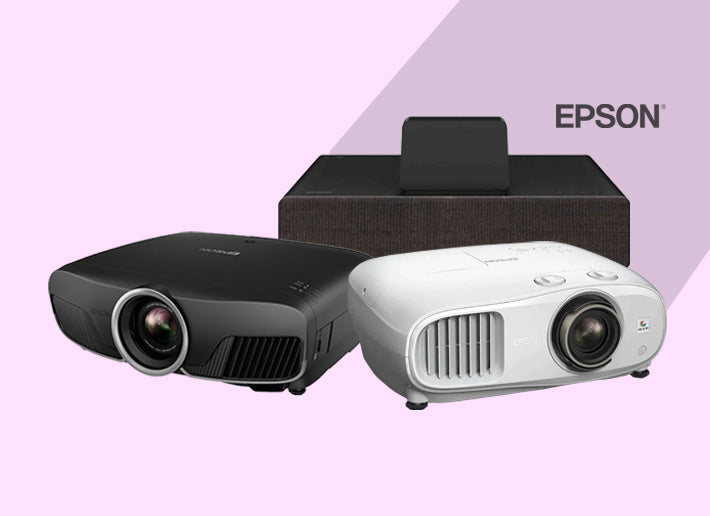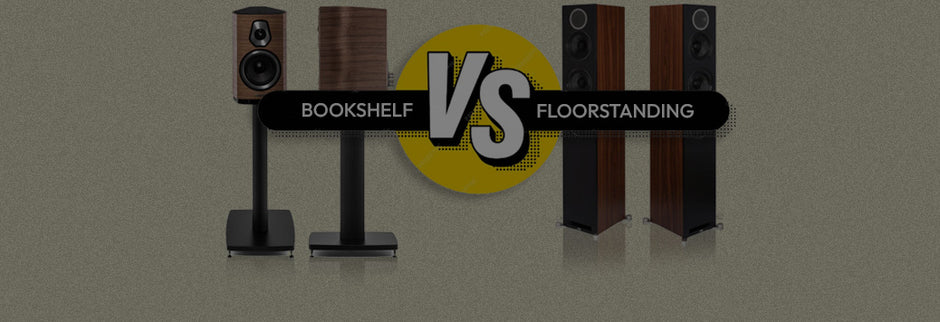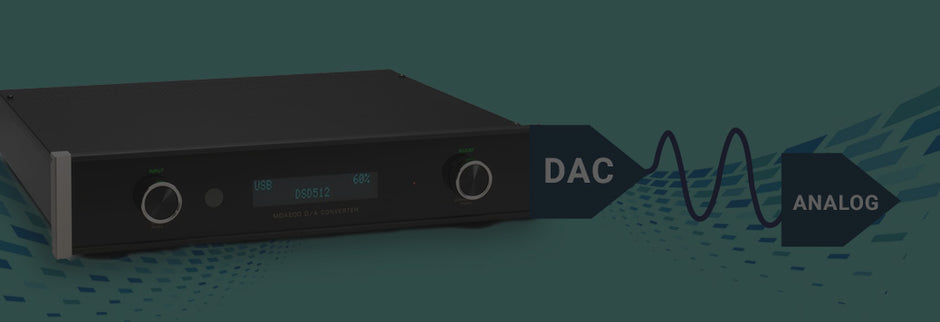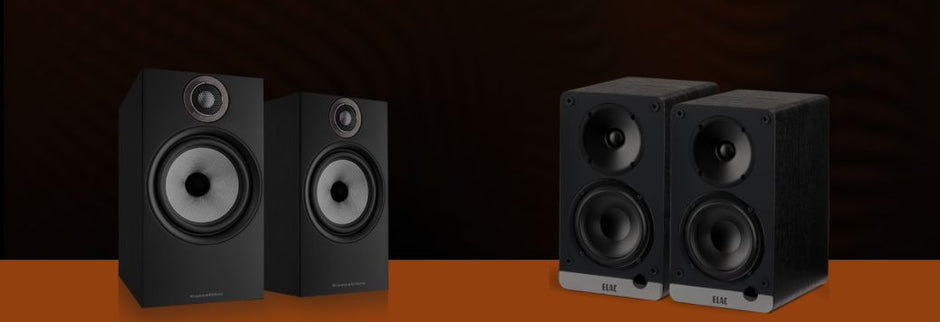Preamplifiers, or preamps, are devices that amplify weak audio signals from sources like turntables, CD players, or streaming devices. They are essential components of hi-fi audio systems, as they improve the sound quality and performance of the system.
You can think of them as the heart of your audio system. They pump the blood (the audio signal) to the rest of the body (the power amplifier and the loudspeaker). They also adjust the blood pressure (the signal level) and the blood flow (the signal routing) to suit different situations. They also filter out any impurities (noise and interference) from the blood to keep it clean and healthy.
The first preamplifiers were invented in the early 20th century, as part of radio and phonograph technology development and were based on vacuum tubes, which gave them a warm and rich sound characteristic. Subsequently, transistor-based preamps, and eventually digital preamps emerged offering lower noise, higher reliability and lower cost. They also brought more features and functions, such as equalisation, balance and filters in addition to surround sound, room correction and wireless connectivity.
Today, preamps are available in various forms and formats, ranging from standalone units to integrated amplifiers to networked devices. They can handle a wide range of audio sources and formats and offer various features and options to suit different needs and preferences. Let’s take a look at some of their different types in the next section.
Preamps 101: Types and Functions

Preamps come in many shapes and sizes, depending on what they are intended to be used for.
Phono preamps are designed to amplify the very low-level signals from phono cartridges, which are used to play vinyl records. They also apply a specific equalisation curve, called the RIAA curve, to correct the frequency response of the record. Phono preamps are essential for vinyl lovers, as they enable the connection of turntables to modern audio systems.
Line-level preamps are designed to amplify the line-level signals from sources like CD players, tuners, or streaming devices. They provide basic functions, such as volume control, input selection and tone control. They are the most common type of preamps, as they can handle most audio sources.
Headphone preamps are designed to amplify the signals for headphones, which require more power and lower impedance than speakers. They also provide features like volume control, balance and crossfeed and are useful for premium headphone enthusiasts as they can improve the sound quality and comfort of headphones.
Tube preamps are based on vacuum tubes, which use heated filaments to amplify the signals. They are known for their warm and smooth sound, as well as their harmonic distortion, which adds richness and depth to the sound. Tube preamps are preferred by some audiophiles, as they can create a more natural and musical sound.
Solid-state preamps are based on transistors, which use electric currents to amplify the signals. Solid-state preamps are known for their low noise, high reliability and low cost. They also offer more features and functions, such as equalisation, filters and DSP. Solid-state preamps are preferred by some audiophiles, as they can deliver a more accurate and detailed sound.
Hybrid preamps are a combination of tube and solid-state preamps, using both technologies to achieve the best of both worlds. They can offer the warmth and richness of tubes as well as the clarity and precision of transistors. Hybrid preamps are a popular choice among audiophiles, as they can provide a balanced and versatile sound.
Now that we have a basic understanding of some of the most widely used preamps, let’s take a brief look at how they are used in actual audio setups.
Also Read: Pre-Out and its Uses - A Complete Guide
Preamplifying Sound in the Real World

Preamplifiers are the core of home audio systems, as they connect and control the audio sources and the power amplifier. They also shape the sound characteristics, adjusting settings like volume, tone and balance. They can enhance the sound quality and performance of home audio systems, creating a more immersive and enjoyable listening experience.
Preamps are also at the core of home theatre systems, where they process and distribute the audio signals for the surround sound speakers and the subwoofer. They also support the latest surround sound formats, such as Dolby Atmos and DTS:X, which create a more realistic and immersive sound field, thus transforming the home theatre experience and making it more cinematic and thrilling.
Preamps are an essential component in recording studios, amplifying and conditioning the signals from microphones and instruments. They also provide features like phantom power, gain control and polarity switch. They can improve the sound quality and performance of recording studios, capturing the nuances and dynamics of the sound sources.
Finally, preamps are also important for live sound systems, where they once again amplify and condition the signals from microphones and instruments and provide features like feedback suppression, noise reduction and compression. They can improve the sound quality and performance of live sound systems, delivering a clear and powerful sound to the audience.
In our final section, we’ll take a look at how preamps have evolved through the years and why they are so central to hi-fi audio systems.
Also Read: How to Choose Amplifier for Speakers - An Easy Guide
From Vacuum Tubes to Wi-Fi and Beyond

Preamplifiers have evolved significantly over the years, from simple devices to sophisticated ones. They have adapted to the changing needs and preferences of audio enthusiasts, as well as the advancements in audio technology. The digitalisation of audio has led to the emergence of digital preamps, which use DSP and DACs to process and convert the signals. They offer more flexibility and control, as well as compatibility with digital audio sources. They also enable more advanced functions, such as surround sound, room correction and wireless connectivity.
The integration of audio components has led to the emergence of integrated amplifiers, which combine the preamp and the power amp in one unit. Integrated amplifiers offer more convenience and simplicity, as they reduce the number of devices and cables in the system. They also offer more synergy and efficiency, as they are designed to work together.
The networkability of audio devices has led to the emergence of networked preamps, which connect to the internet and other devices via Wi-Fi or Bluetooth. Networked preamps offer more accessibility and versatility, as they can stream music from online services or local devices. They also offer more functionality and interactivity, as they can be controlled by apps or voice assistants.
Preamps are important devices for hi-fi audio systems, as they amplify, shape and distribute audio signals precisely. They have evolved over the years, from simple devices to sophisticated ones and have adapted to the changing needs and preferences of audio enthusiasts, as well as advancements in audio technology.
For the average listener who’s satisfied with basic integrated amplifiers, they may not be of additional value. But for the more discerning audiophile, it will bring benefits like improved sound quality, volume, tonal control and signal routing of audio sources that make their listening experience delightful. This makes them indispensable pieces of kit and represents an excellent long-term investment.









